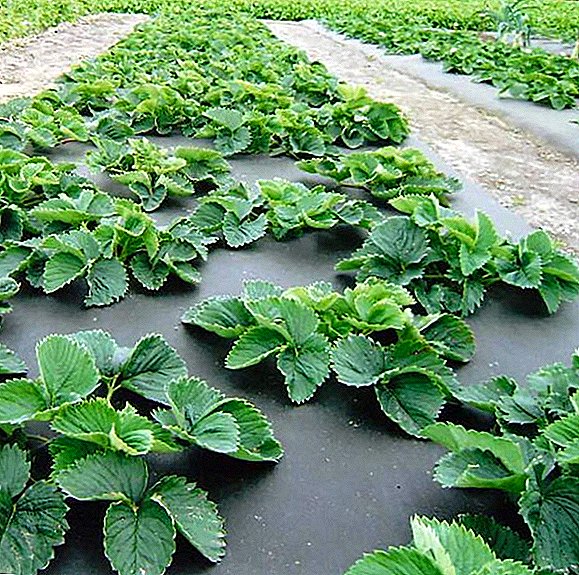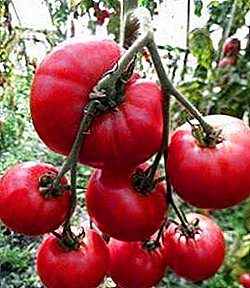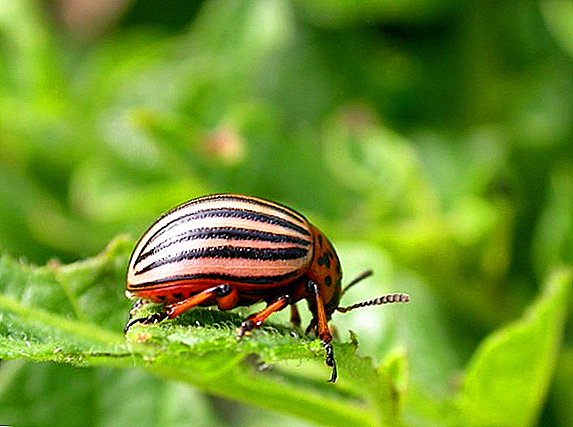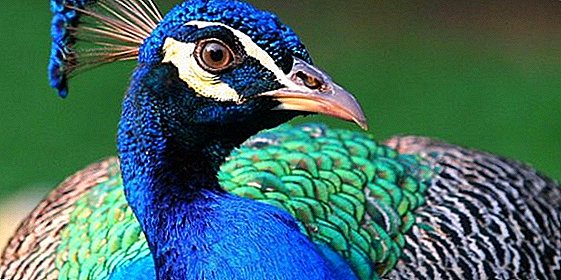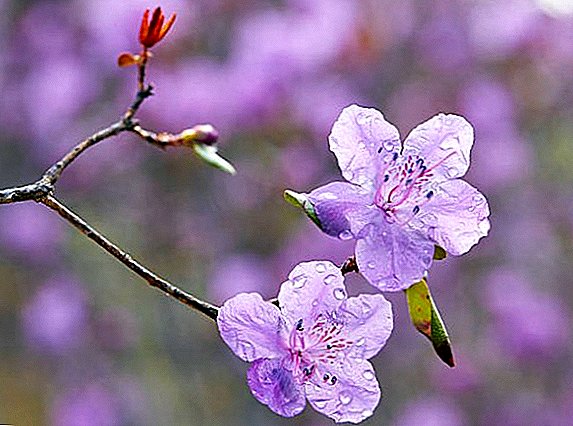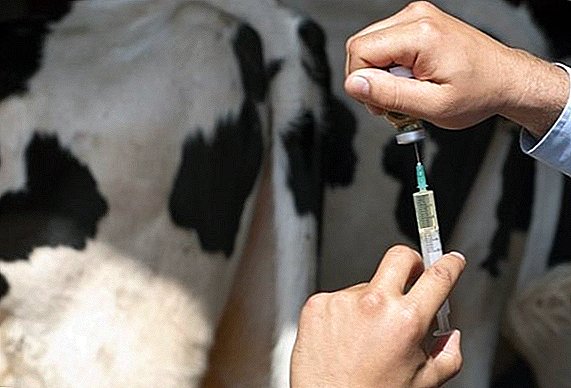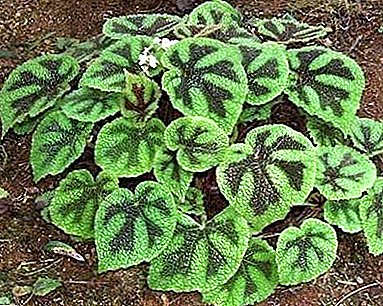
Mason's Begonia (lat. Masoniana) - this is an amazingly beautiful and fascinating flower. An image in the form of a dark five-fingered cross is “painted” on its leaves. To make the pattern seem even brighter, the light from fluorescent lamps is used.
Leaf length about 20 centimeters. Color may vary from amber to emerald. The older the flower, the richer and silvery leaves become.
They are heart-shaped with an elongated pointed end and a rough surface. In the spring and summer miniature flowers of emerald hue appear on the bush. Flowers form inflorescence panicle.
The height of the tree can reach 30 centimeter marks. Mason successfully grows in indoor and greenhouse conditions. Widespread in New Guinea.
Mason responds well to dressing. Loves breathable primer. It should be protected from strong winds and drafts. The plant requires systematic watering and soil moisture.
Planting trees

Landing is made in spring time after a period of rest. It is strictly forbidden to tamp the ground around the root collar. The soil should be breathable and loose. The tree is placed in the center of the container and sprinkled with moistened earth.
After landing it must be watered and covered with a plastic bag for full rooting. After the planting material fully take root, the package is removed. The soil for planting is used for sausages.
The soil is freely sold in flower shops. It can be mixed in equal proportions with peat and fertile black soil.
Pots are selected from plastic or clay. For young plants, you can use small diameters of tanks. For adults - capacity is 5-8 centimeters more than the root system of the flower.
Proper care
Watering mason systematic, abundant. It is necessary to monitor the drying of the soil. Bushes do not tolerate excessive stagnation of moisture and dehydration. Therefore, watering is carried out twice a week. In winter, watering time should be reduced. Water in no case should fall on the leaves of the plant. This leads to decay of the flower and powdery mildew. The tree prefers thick diffused light. Additional care can be created using artificial lighting. Begonia tolerates photoperiodism. Mason doesn’t like direct sunlight. Burns may remain on the leaves, they may become skinned and begin to crumble.
Temperature characteristics
For Mason to start bushing, you need to give her correct form by pinching. Annually, the flower requires high humidity. With dry indoor air, the tree begins to feel bad. Therefore, the container put on a wet clay or use a home moisturizer. Mason must be protected from strong winds and drafts. The optimum room temperature in the summer should vary. from 18 to 25 ° C. In winter, you can not keep a flower below 15 ° C. Temperature factor fluctuations badly affect the health of the bushes. If the temperature falls below the permissible level, the plant may die.
During the breeding season, the temperature regime should be greenhouse and approach the mark of room temperature. Otherwise, the young tree may freeze and die.
Breeding begonias

Since Mason does not produce seeds, breeding occurs only leaves and division tuber. For breeding secrete long tubers that have reached more than 7 centimeters. Each planting material must have buds.
In place of the cut cause crushed ash. Tubers are laid in wet ground. Until the flower is fully rooted, it is covered with a glass jar and placed in a warm, well-lit place.
After the appearance of the root system, young leaves should appear on it. The bank is removed, and the bushes are planted in prepared containers.
Rooting leaves can be produced both in the ground and in water. When separating a leaf from the flower, it is immediately applied to the ground and make cuts along the veins. So that the planting material is well pressed to the ground, it is pinned with a pin or hairpin.
Leaf sprinkled with substrate. Capacity closed with a glass jar and put in a well-lit place. After the appearance of new shoots, Mason is seated in separate tanks.
Flower features
Lifespan begonias from 15 to 20 years. With good care, the life of the bush increases to 25 years. The plant needs mineral supplements. It is fertilized year-round once in 30 days. To avoid unwanted burns of the root system, fertilizing is applied immediately after watering. At rest, feeding up Mason is strictly prohibited. Flower transplantation should occur in the spring time after the rest period. It is planted in containers with good drainage system. Tanks must be on 1-2 sizes larger than previous ones. Planting soil should not be compacted. The root system needs a good flow of air. Therefore, the earth should be loose and breathable.
Winter care

Due to southern growth, begonia badly transfers severe Russians winters. During this time, the plant needs constant care.
Proper regular irrigation, heat, light, stable temperature and well-humidified air are required.
In winter, Mason can dry out. This will mean that the tree has hibernated. During such a period, he needs peace, which is created thanks to the cover of a transparent container. After 14-20 days, a new period of tree life begins and small stalks appear on it.
Diseases and pests
When breeding Mason's begonias, flower growers face various difficulties. The plant may appear strange spots, the leaves will dry out. The flower can become sick with powdery mildew and keep on itself the pest of the whitefly. Dying off of the leaves is due to the tree being kept at a too low temperature mark for a long time. Brown streaks appear due to room and too dry air. In the summer time it is necessary to humidify the air well, and to spray the flower abundantly. Mealy dew appears in the form of snow-white blotch stains or elongated strips. In the event of a disease, the affected leaves must be removed, and spray the bush itself with a mixture of fungicide. When a whitefly, the leaves begin to curl up into a tube and become covered with dark spots. Pest propagation occurs in warm air. With such symptoms, the tree is moved to a cooler place, the leaves are washed or removed. Then the flower is sprayed with drugs. "Mospilan", "Oberon", "Admiral".
Begonia Mason refers to unpretentious indoor plants. Fascinating beautiful patterned leaves. It does not tolerate direct sunlight and heavy irrigation. Propagated by leaves and tubers.
A photo
Next you will see a home care photo for Mason's Begonia:







